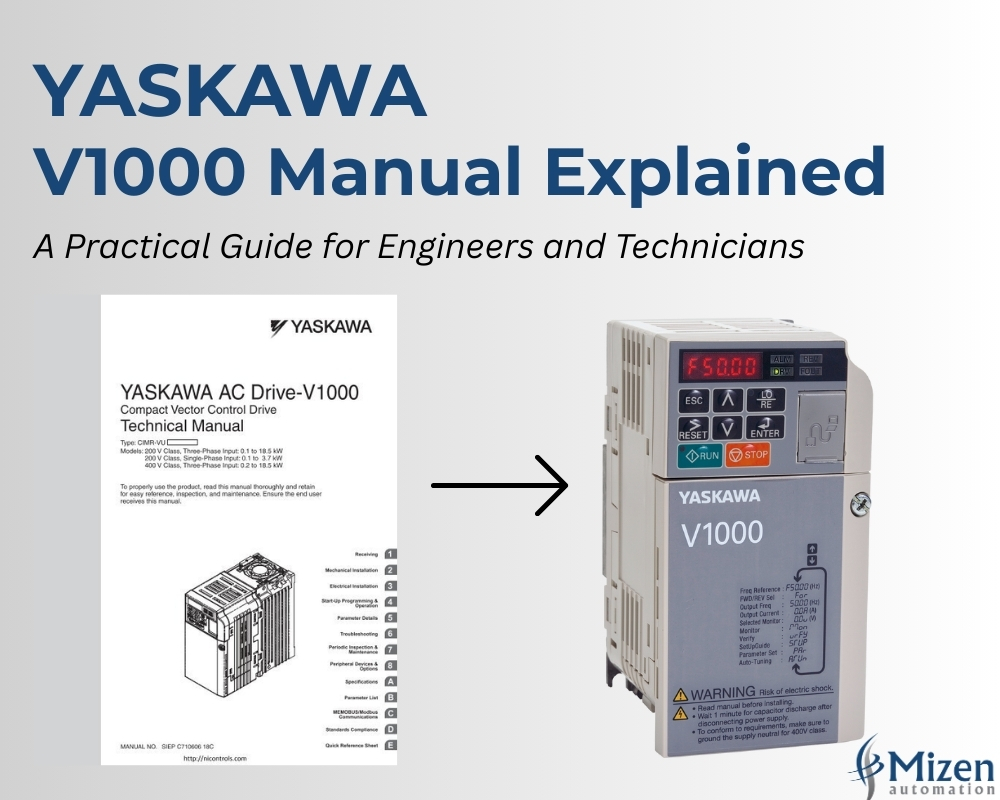No items

What is SCADA? A Simple Guide to Supervisory Control and Data Acquisition
Ever wondered how water treatment plants keep their operations running 24/7? Or how one operator can monitor hundreds of pumps

The future of automation is not only about faster machines or better software; it’s about how well these systems connect and communicate. Modern industrial operations stand out for their ability to share real-time data across devices, which leads to improved efficiency and responsiveness. This is where the Industrial Internet of Things (IIoT) comes into play. If you want to reduce downtime, increase productivity, and have clearer visibility into your operations, IIoT is worth considering.
In our recent blog on automation trends for 2025, we discussed how IIoT is becoming increasingly important in creating intelligent, responsive systems. In this post, we’ll explore what IIoT actually is, how it works in practice, and how Mizen can assist you in integrating these technologies into your operations.
Industrial IoT stands for the Industrial Internet of Things. It describes a network of connected devices, such as sensors, machines, and controllers, that continuously collect and send data as it occurs. Instead of having each piece of equipment operate independently, IIoT allows everything on the factory floor to work together.
If you have ever adjusted your home’s heating from your smartphone, you have already used a simple IoT application. Now, imagine that same idea applied to a factory where machines, sensors, and materials are always communicating, monitoring performance, and alerting you to issues before they arise. That is the essence of IIoT.
Industrial IoT provides organisations with access to live, actionable data from their operations. When used effectively, this data supports better decision-making and gives more control over production environments.
The potential benefits include:
PLCs are essential in most automation setups. Many of today’s PLC models are ready to support IIoT and are designed to control machines and communicate smoothly with a broader network of devices and platforms. Modern PLCs from top manufacturers like Siemens, Allen-Bradley, and Schneider Electric include built-in connectivity features such as Ethernet ports, OPC UA support, MQTT protocols, and secure remote access.
Thanks to these advancements, PLCs now serve as the central hub where all your devices and sensors converge, rather than merely running machines. PLCs gather and transmit live data to where it’s needed, whether that’s cloud software, monitoring systems, or local computers. This simplifies the addition of IIoT, especially with existing equipment.
We work with companies across Australia and New Zealand to integrate IIoT-ready components into both new and existing systems. Whether it’s adding smart sensors, updating PLCs, or building dashboards for live monitoring, we help teams take practical steps toward adopting IIoT in their operations.
Want to explore how IIoT could work in your operation?
Contact our team to discuss your setup and how we can help you take the next step in modernising your automation systems.

Ever wondered how water treatment plants keep their operations running 24/7? Or how one operator can monitor hundreds of pumps

The Yaskawa V1000 is one of the most commonly used compact AC drives in the world. It is known for

If you have any questions get in contact with us via our enquiry form or call us on +64 (0) 3 964 0692.
"*" indicates required fields